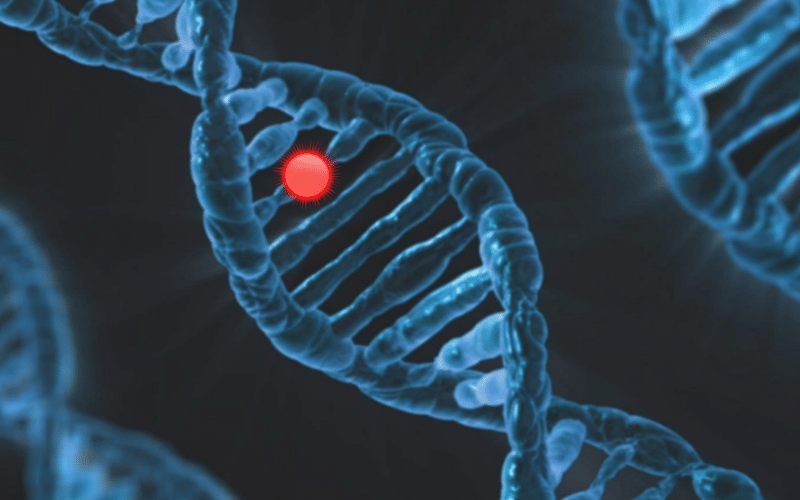Fact 2: Causes and Genetic Factors

Prognathism is not merely a result of random chance; there’s a blend of genetic and environmental factors at play. Genetics often sit at the forefront of the causes. It’s not uncommon to trace back prognathism through family lineages, suggesting a strong hereditary component. If one’s parents or grandparents had a pronounced jaw misalignment, the odds are higher for the subsequent generations to exhibit similar traits.
However, while genes play a pivotal role, they aren’t the sole culprits. Environmental factors, especially during the early developmental years, can contribute. Habits like thumb-sucking or prolonged use of pacifiers beyond the recommended age can influence jaw structure and alignment. Similarly, tongue thrusting, a condition where the tongue pushes against the teeth when swallowing or speaking, can lead to dental and jaw misalignments over time.
It’s also essential to consider that not all cases of prognathism are primary. Secondary prognathism can develop due to specific conditions or traumas. For instance, conditions like acromegaly, which result from excess growth hormone, can lead to the development of prognathism later in life.
While the origins of prognathism can vary, understanding its cause in each case is paramount. Recognizing the root of the condition can guide treatment plans and offer insights into potential associated health risks or concerns. (2)